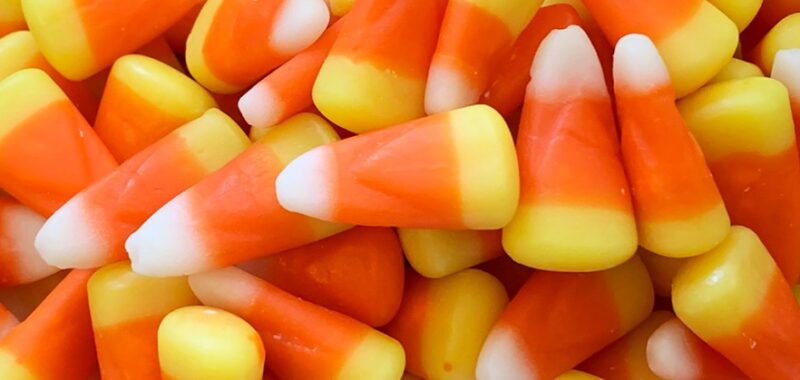
The MAHA or “Make America Healthy Again” movement has taken center stage across the U.S. It is successfully pressuring the Food and Drug Administration (FDA) to ban food-dyes and trying to ban the use of food stamps (that is, SNAP benefits) for sugary sodas and junk food.
But what no one is talking about is how these proposed food-dye bans could cost American families thousands, if not tens of thousands, of dollars a year.
At least 20 other states are looking to follow the example of West Virginia, which just enacted a bill banning foods containing most artificial food-dyes and two preservatives. Starting this fall, products containing the dyes and preservatives will not be allowed to be served in schools, and shortly after that, products containing these dyes and preservative won’t be sold in the state at all.
I’m all for healthier food and the ethos of the MAHA movement, but I am afraid its good intentions are being hijacked by people who do not care about the average American.
There is no free lunch, so what we need to ask is, what are the costs of this ban? Its effects on food flavor is the least of our worries. To start, schools may end up paying significantly more for food — a cost that will be passed on to taxpayers. When the full ban comes into effect, the poorest among us — and frankly, also not the poorest — will have grocery bills that double, triple or even quadruple.
To be clear, this legislation means most cereal, potato chips, vegetable oil, bread, chewing gum, grocery store baked goods, trail mix, granola bars, salad dressings, candy, flavored yogurt, condiments, pickles, soft drinks and really everything else that tastes good will be banned for purchase. And again, this is the least of our worries. There will be much larger unintended consequences.
A back-of-the-envelope calculation suggests that the average cost of a school lunch is $3.81. With about 50 million kids in the U.S. enrolled in public school, and assuming 180 school days per year, the total cost per year would be about $34 billion. If the food served has to be free of not just dyes but also preservatives that extend food’s shelf-life, the food purchased will easily be three to four times greater, leading to an extra $650 in expenses per taxpayer per year. True, these costs are bound to go down as more states adopt these policies, but it could take years of significantly more expensive food to get there, and we will likely never get back down to current levels.
A much bigger issue will be the grocery bills once the law fully takes effect. Those in the lowest income bracket spend, on average, $5,300 on food per year. Households in the middle income bracket spend about $9,000 per year. Although most people assume that the lowest income bracket buys the most junk food, it is pretty clear that middle-income brackets buy quite a bit themselves. If you assume a mere doubling of food costs (and that is a very conservative estimate), that implies a $5,000 to $9,000 increase in food costs for families each year.
An immediate increase in cost will stem from the need to buy food with “natural” source colors that may also not last as long for lack of preservatives. For example, a dye-free snack bar from Truvani — the health food company of one of MAHA’s most vocal proponents — runs $42 for 12 bars, compared to $5 for 12 Nutri-grain bars that do have artificial food-dyes. That’s 8.5 times more. “Healthy” food companies will be making an absolute killing when these bans take effect.
To be fair, proponents of the bans will argue that these major companies will eventually re-formulate using natural dyes and costs will come down. I’d agree with that, and many of the major companies have already done so for certain products and have pledged to do more in the future. However, given that artificial dyes are about 90 percent pigment compared to natural source colors, which contain about 2 percent of color or pigment, this will make production costs and therefore consumer prices skyrocket.
What’s more, those supporting these bans have no good answer on the preservative issue at this point, except just to use different preservatives which may or may not be safer than the ones being banned.
I love the idea of getting rid of artificial food-dyes and preservatives for our health — more power to the proponents of this. But will no one be honest about the trade-offs? There will be a real financial cost to this, and for what benefit? To consume enough red dye number 3 to potentially have any of the side effects for which it was banned (cancer in particular), you’d have to eat 100 cups of candy corn every day for an entire lifetime. I love candy corn, but even I can’t do that.
While I believe in the ethos of MAHA, I am very afraid of the unintended consequences and potentially devastating effects that these food-dye bans will have on the pocketbooks of Americans who, frankly, cannot afford it.
Liberty Vittert is a professor of data science at Washington University in St. Louis and the resident on-air statistician for NewsNation, a sister company of The Hill.

